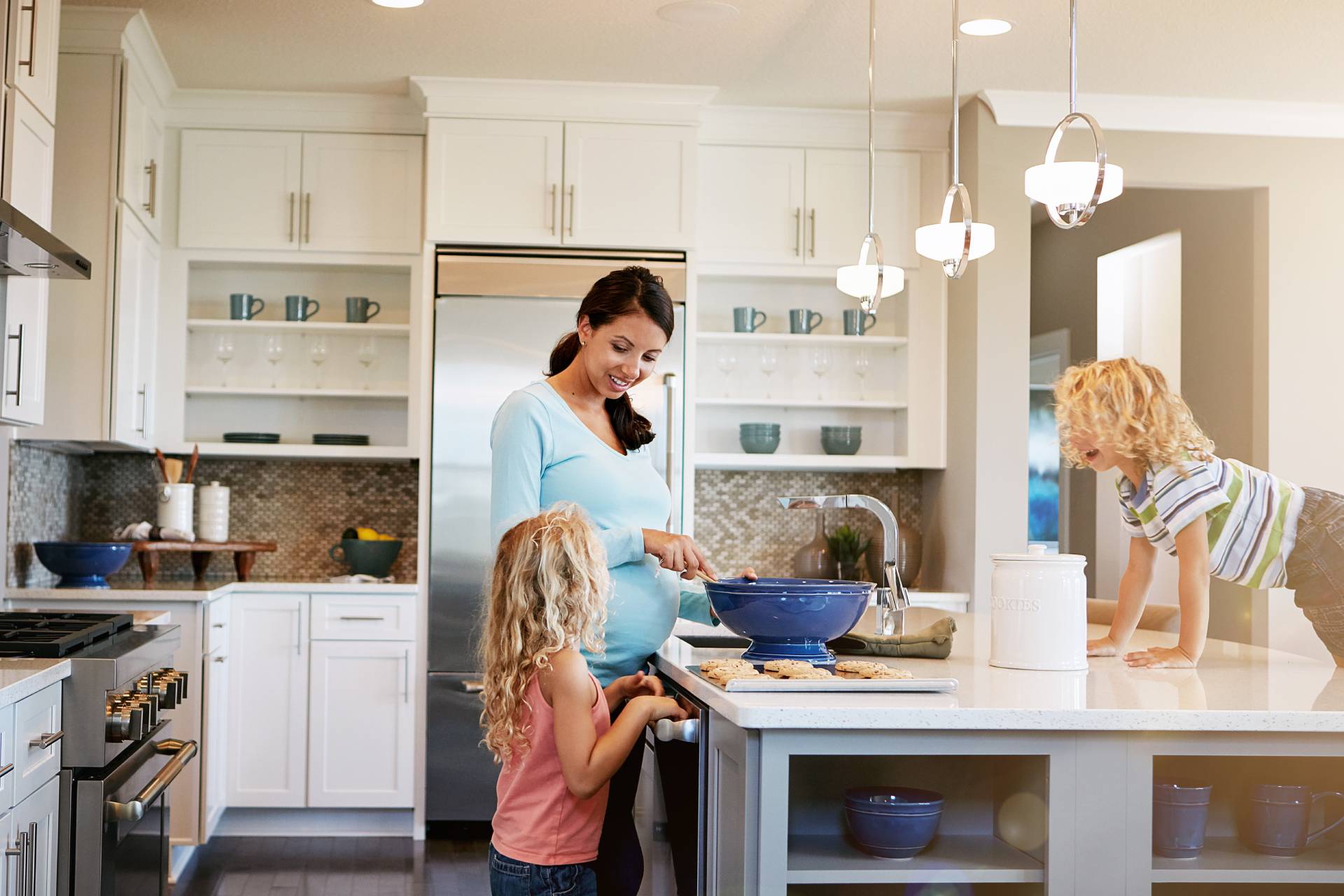Are you considering transforming your underused basement into a vibrant and functional part of your home? A well-planned basement renovation not only adds valuable living space but can also significantly enhance the overall comfort and utility of your home. Whether you envision a cozy family room, a sleek home office, or a private gym, the key to a successful transformation lies in thoughtful layout planning and smart design choices. In this post, we’ll explore practical tips to help you craft the perfect basement space tailored to your needs.
Assessing Your Space
Before diving into design aesthetics, it’s crucial to thoroughly assess the physical layout of your basement. Start by measuring the total area to understand the space you have to work with. Pay attention to any structural pillars, low ceilings, or existing systems like plumbing and electrical fixtures, as these will influence your design decisions. Additionally, consider the amount of natural light available and think about how you can enhance it or compensate for its lack.
Defining the Purpose of Your Basement
What do you need from your basement? Is it extra living space for family gatherings, a quiet spot for work, or perhaps a fun and safe play area for children? Deciding on the primary function of your basement is the first step toward a tailored design. This decision will directly impact everything from the layout to the materials you choose, ensuring the space meets your specific requirements.
Design Considerations
In any basement, moisture control should be your top priority. Investing in good waterproofing and adequate insulation will protect your renovation in the long run and ensure the space is comfortable year-round. When it comes to materials, opt for those that can handle basement conditions, such as moisture-resistant wall panels and insulated subfloors.
Lighting is another critical component. If natural light is scarce, plan a lighting scheme that brightens the space effectively. Recessed lighting can create a clean, uncluttered look, while softer lighting options can add warmth to relaxation areas.
Layout Planning
When planning your basement layout, consider the flow between areas. If you’re opting for an open plan, delineate different zones using furniture or varied flooring materials. For enclosed spaces, think about the placement of walls to avoid a cramped feel. Smart segmentation can help maximize the usability of each area without overcrowding the space.
Aesthetic Aspects
The aesthetics of your basement can dramatically affect how the space feels. Light colours can make small or dark rooms feel bigger and brighter. Consider pale blues, greens, and greys for a serene atmosphere, or warm tones for a snug, inviting feel. Flooring should be both practical and attractive—vinyl or laminate can mimic the look of wood or stone but is more resistant to basement conditions.
Wall treatments like wainscoting or decorative panelling can add character and interest, while a suspended ceiling can conceal ductwork and provide easy access for future maintenance.
Furniture and Storage Solutions
Choosing the right furniture is about balancing scale, function, and style. Opt for pieces that fit the dimensions of your basement while addressing your needs—think sofa beds for guest rooms or modular desks for workspaces. Storage is equally important to maintain a clutter-free environment. Built-in cabinets or shelves utilize vertical space effectively, keeping your floor space open and airy.
Legal Considerations and Compliance
It’s important to familiarize yourself with local building codes and obtain the necessary permits before beginning your renovation. This ensures that all work is up to standard, particularly for electrical and plumbing alterations, which should be handled by professionals.
Budgeting and Cost Estimates
Budgeting wisely can prevent your project from becoming a financial burden. Begin by getting detailed estimates for all aspects of the renovation, from construction materials to labour costs. Being mindful of where you allocate your funds can make a significant difference in the quality and finish of your basement. Invest in quality where it counts, such as waterproofing and insulation, and save on aspects like decor, which can be upgraded over time.
Elevate Your Home with a Thoughtfully Designed Basement
A well-planned basement renovation can transform an overlooked area into a valuable and enjoyable part of your home. By considering each aspect of the layout and design, you can create a space that is not only beautiful but also fully functional for your specific needs. Remember, the key to a successful basement transformation is in the details, so take your time planning, and you’ll be rewarded with a space you and your family will love for years to come. Happy renovating!




